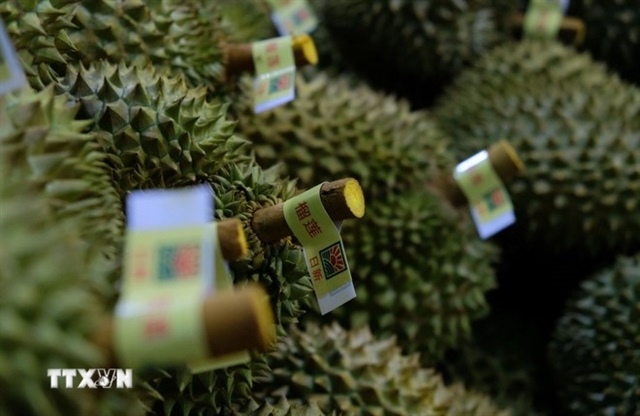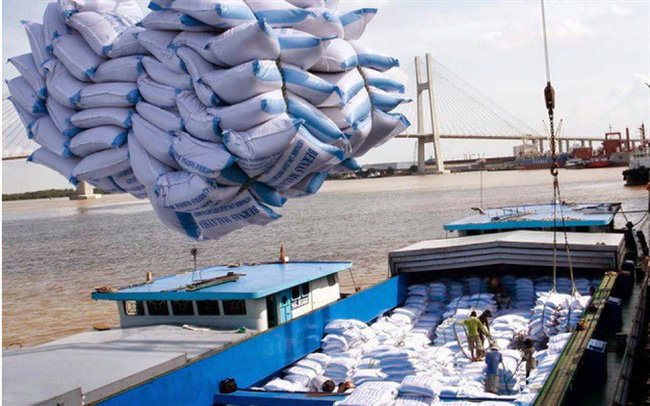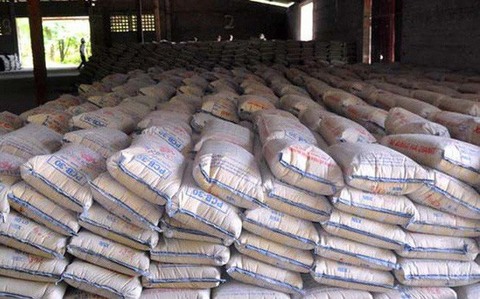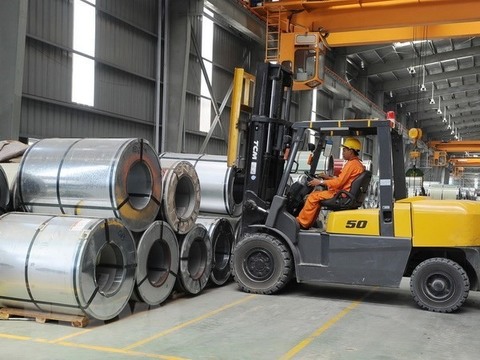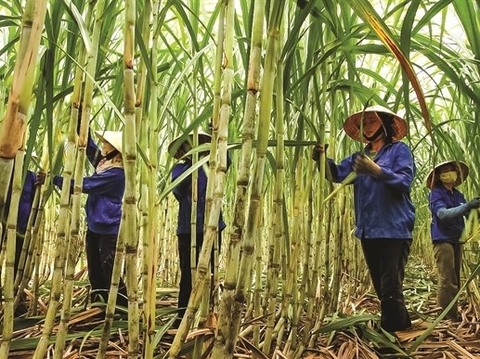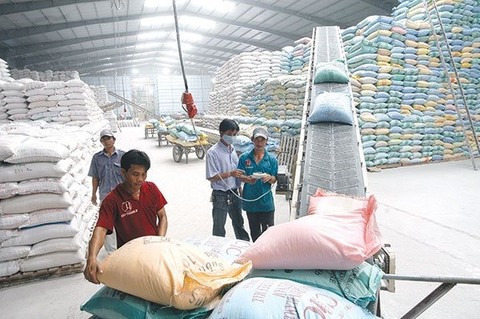Cement stocks rise with exports
Cement stocks rise with exports
Cement stocks are trading furiously on the market as sharp increases in the export and consumption of cement are brightening the outlook for this sector.

Shares of Ha Tien 1 Cement Joint Stock Company (HT1) are attracting the attention of many investors. In the last three trading sessions, HT1’s price increased by 10.4 per cent from VND13,650 per share to VND15,200 per share. From early July, HT1’s price has advanced 43.4 per cent.
Bim Son Cement Joint Stock Company (BCC) experienced the same situation with prices hitting the ceiling in the past two trading sessions on September 27 and 28. Since early July, BCC’s price has shot up 32 per cent and was trading at VND7,800 per share on September 28.
Similarly, in the past three trading sessions, price of shares of Vicem But Son Cement JSC (BTS), has grown from VND4,600 per share to VND5,500 per share, up 19 per cent.
The recent business performances of listed companies in the cement industry have also gradually improved.
In the second quarter of this year alone, HT1 earned VND242 billion (US$10.35 million) in after-tax profit, up 108 per cent year-on-year, bringing the total profit in H1 to VND324 billion, up 44 per cent from the first half of 2017 and equivalent to 56 per cent of this year’s profit plan.
In the first six months of this year, BCC’s after-tax profit touched VND15.43 billion, strong growth compared to the loss of VND24.95 billion in the first half of last year, although still far behind this year’s profit target of VND94 billion.
The upswing of cement stocks in recent time is attributed to the growth in both cement export and cement consumption.
According to updated data from the Construction Materials Department under the Ministry of Construction, cement products consumption in both domestic and export markets was estimated at 7.88 million tonnes in September, up 14 per cent over the same month in 2017.
Exports of cement products in September were estimated at 2.20 million tonnes, up 43 per cent.
Some 72.82 million tonnes of cement products were consumed in the first nine months of this year, up 38 per cent year-on-year and reaching 85 per cent of the annual plan. Of the estimate, the consumption of cement for domestic use reached 49.54 million tonnes and that for exports reached 23.28 million tonnes.
Compared with the initial plan, the export volume of cement exceeded by four million tonnes compared with the annual plan of 19 million tonnes.
According to some analysts, Viet Nam’s cement market could benefit from lower production in China.
According to SSI Research, China is currently the world’s largest cement producer, with annual capacity of about 2.5 billion tonnes, accounting for nearly 60 per cent of the world’s capacity and roughly 25 times higher the capacity of Viet Nam.
By the end of 2017, China had shifted from being a global exporter of clinker—a semi-product used in the production of cement—to an importer of cement.
China closed a series of cement plants from November 2017 to March 2018 because of environment pollution and a shortage of electricity during the winter.
Pollution is very serious in the area reserved for developing cement plants, near Beijing. In winter, Beijing saw massive amounts of cement dust rise from these plants due to strong winds.
In addition, China faces a shortage of electricity during the winter when the nation needs more electricity for heating. Meanwhile, cement production is one of the industries consuming a large volume of energy.
Demand for cement imports in China thus has increased significantly, leading to an increase in Viet Nam’s cement exports.



